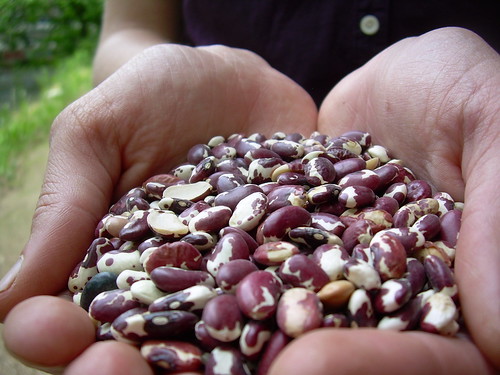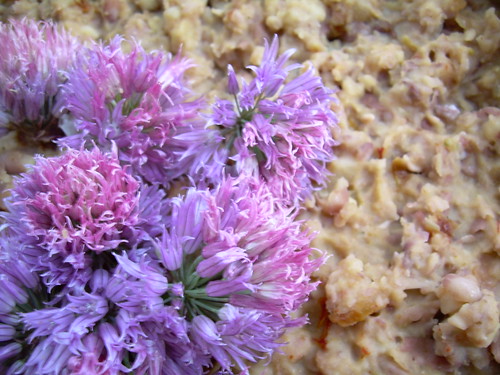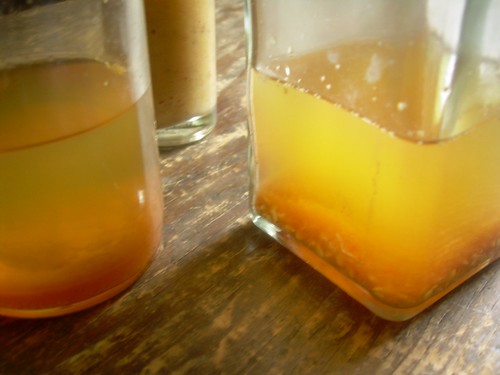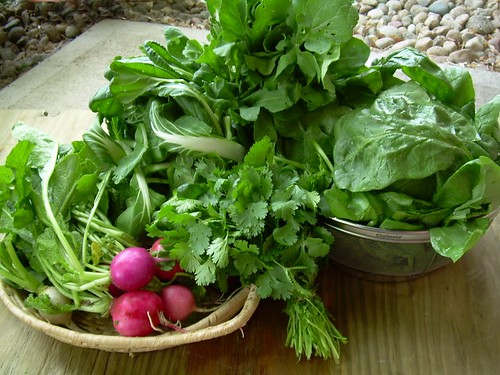 This past weekend Eric and I went backpacking with some friends in Gunnison National Forest. Before we moved to Colorado last August, we envisioned ourselves backpacking every other weekend. Somehow that didn’t happen. This was our first backpacking trip since we moved here. Don’t worry though we have done plenty of scenic day hikes and bicycle rides!
This past weekend Eric and I went backpacking with some friends in Gunnison National Forest. Before we moved to Colorado last August, we envisioned ourselves backpacking every other weekend. Somehow that didn’t happen. This was our first backpacking trip since we moved here. Don’t worry though we have done plenty of scenic day hikes and bicycle rides!Our weekend hike was 18.5 miles over 2 days. It was supposed to be 13.5 miles! The accidental detour was beautiful though (see above). We plan on doing more overnighters now that the weather is nice. I hope to explore DIY instant camping food in the future. For now check out our weekend backpacking menu.
The Menu:
Saturday lunch – sandwiches (pre-sliced and buttered baguettes, pre-sliced and salted radishes, cheese, romaine lettuce)
Saturday communal dinner – exorbitant feast (instant rice and beans with wild chives, pre-boiled potatoes, instant berry cobbler, boxed wine)
Sunday breakfast- oatmeal (instant oats pre-mixed with brown sugar, dried cranberries, and slivered almonds), Emergen-C vitamin drink
Sunday lunch- Pemmican Bar, peanut butter, banana chips
Miscellaneous snacks- trail mix, energy bars








